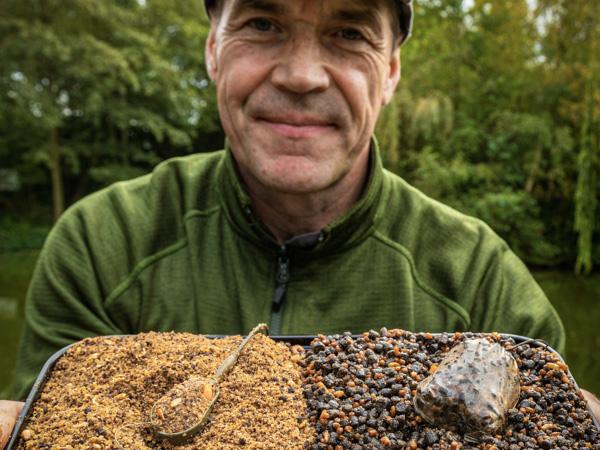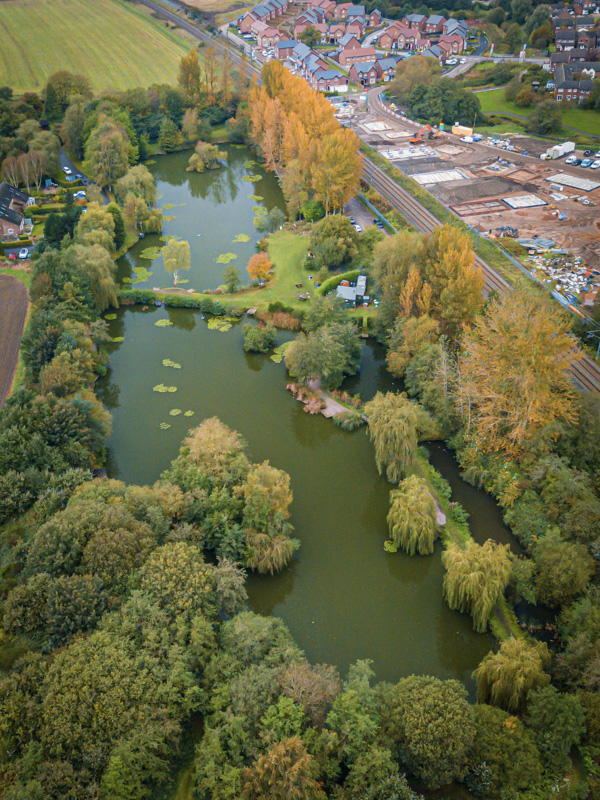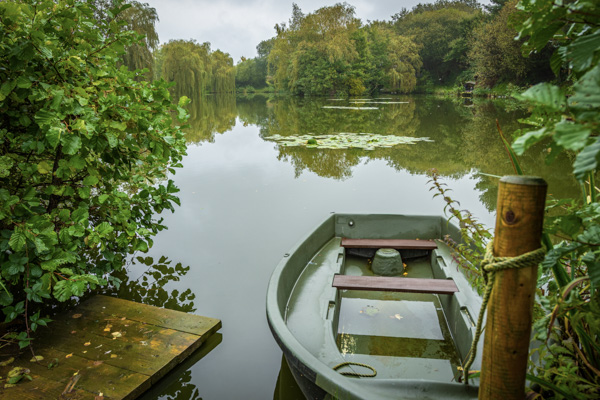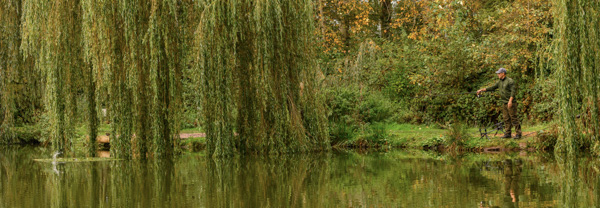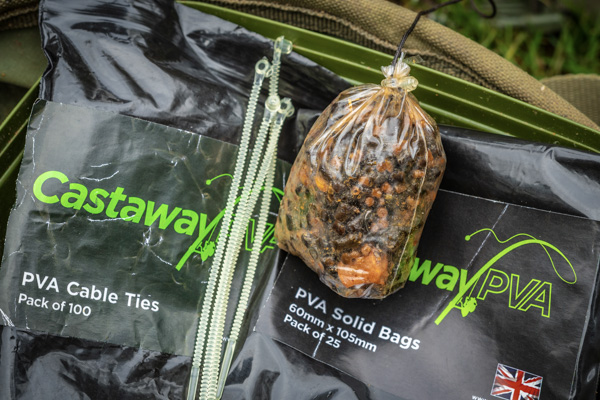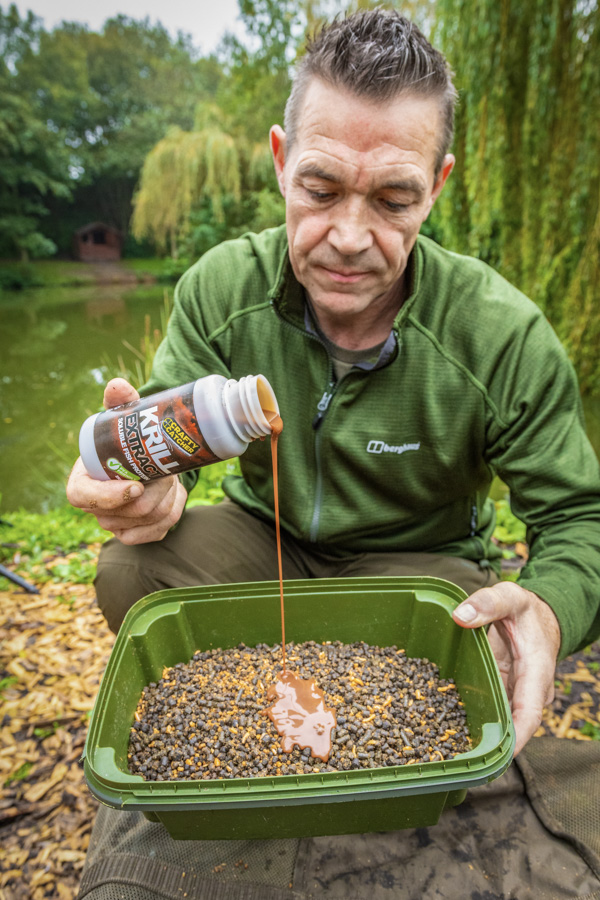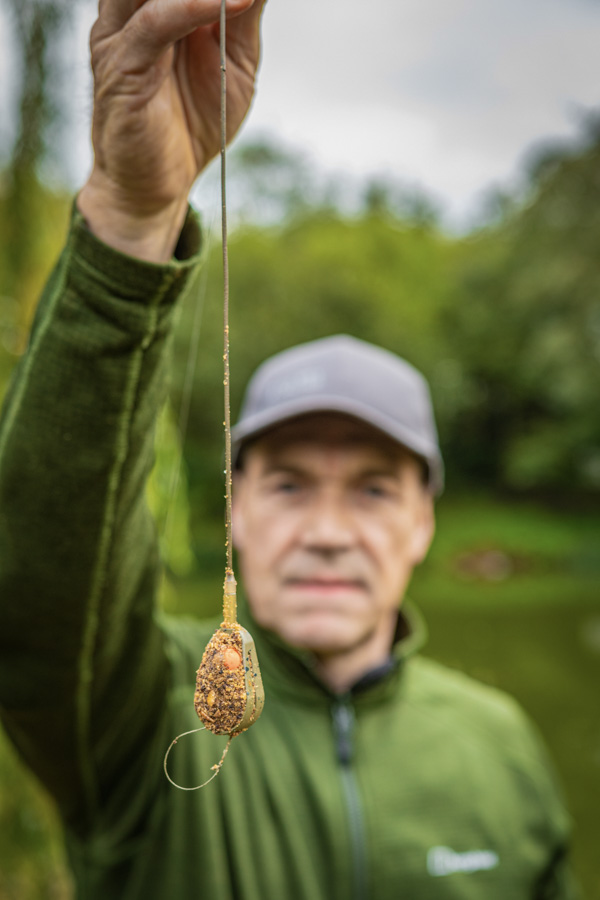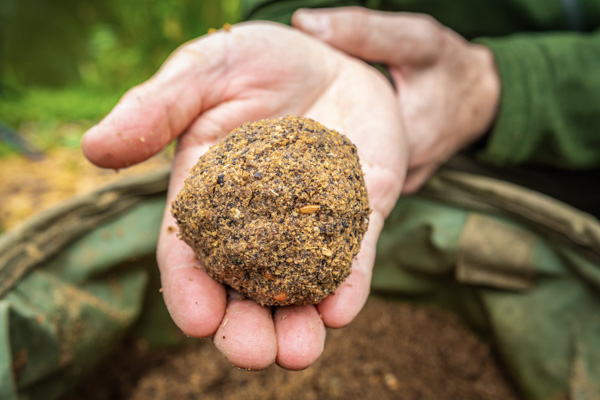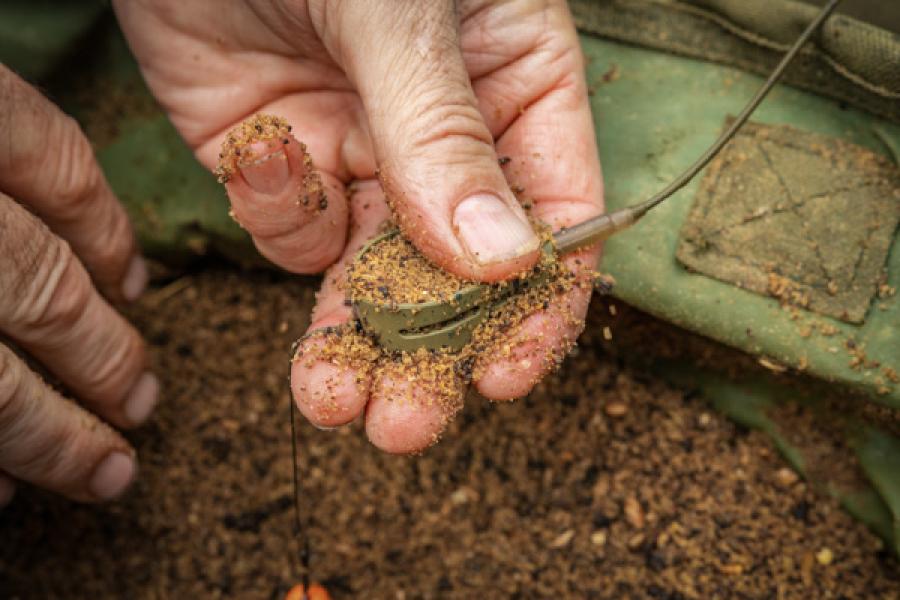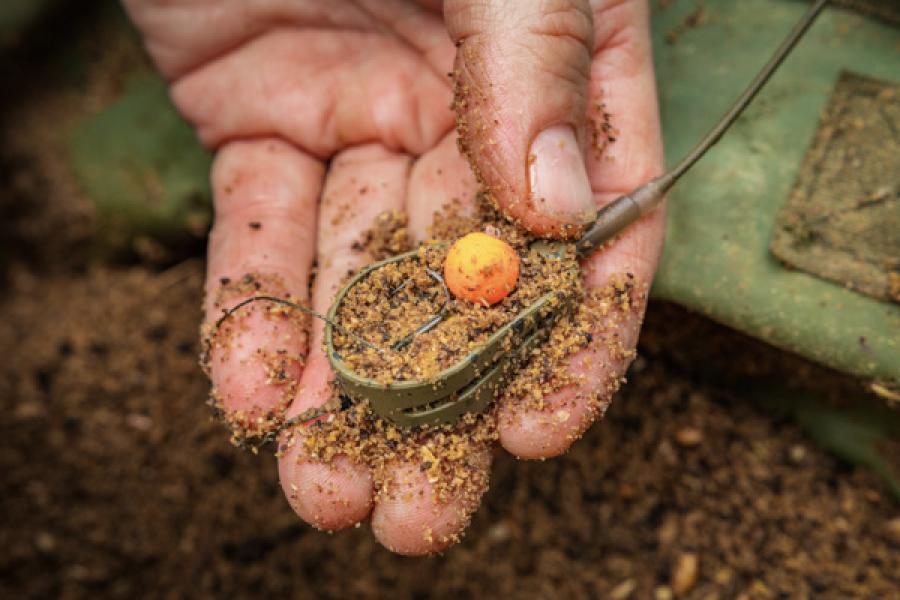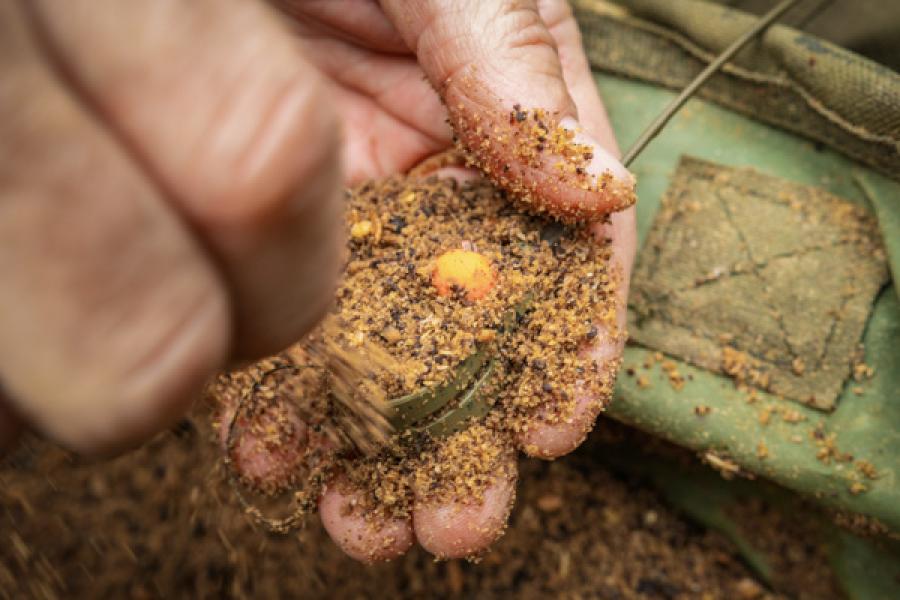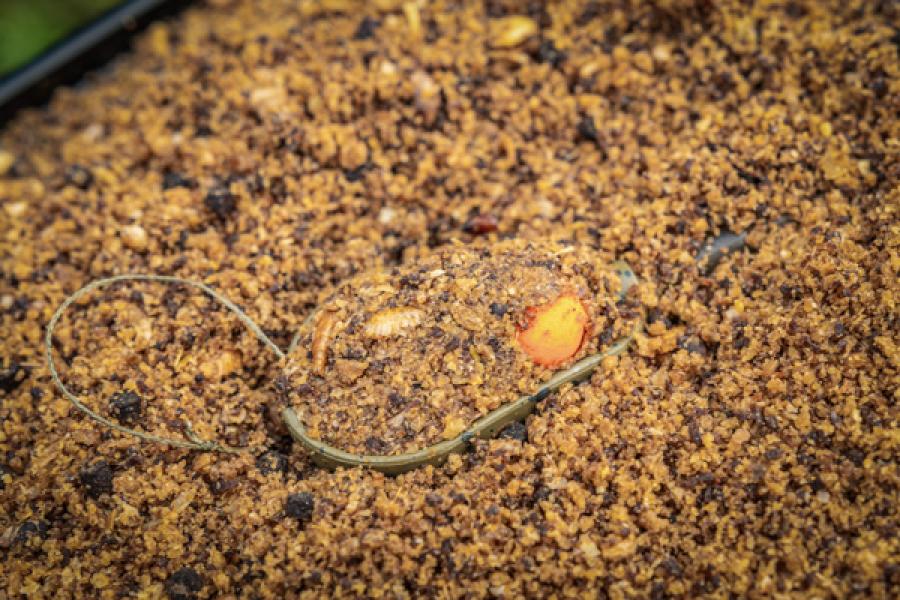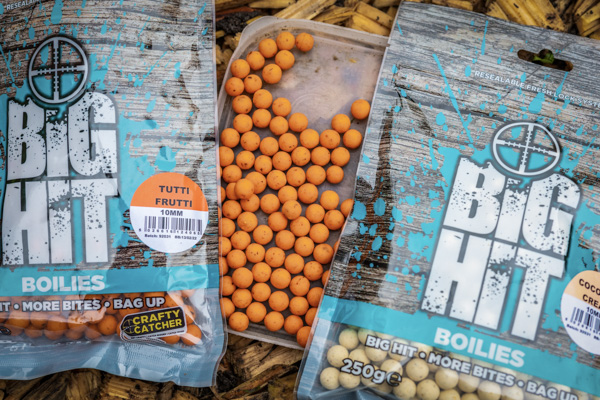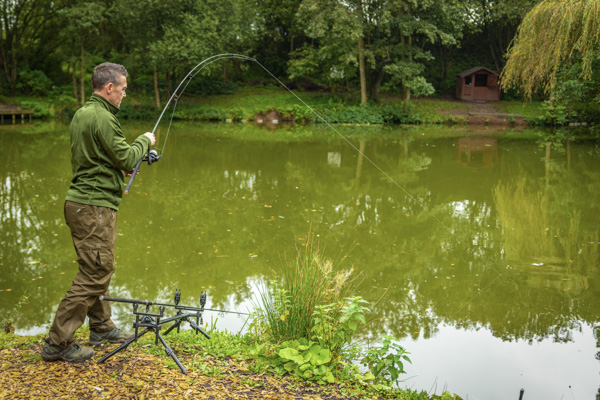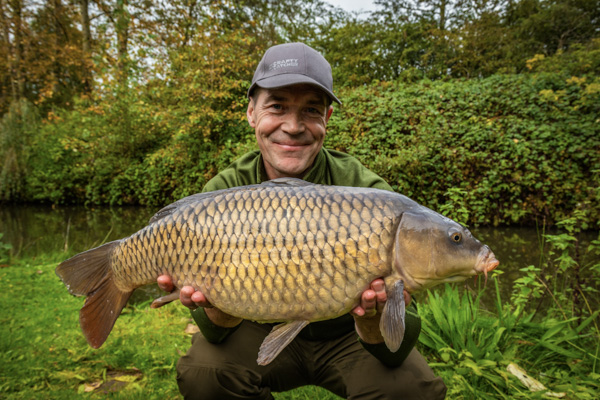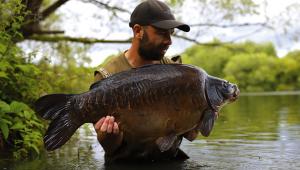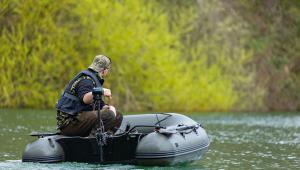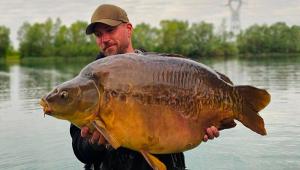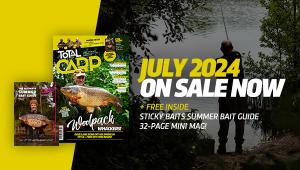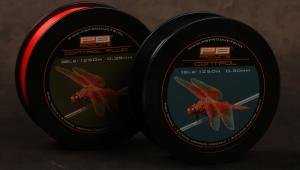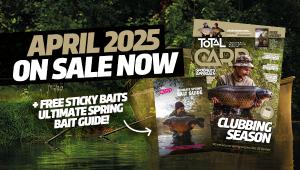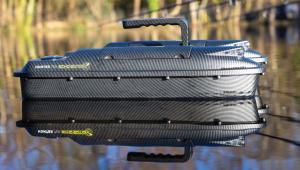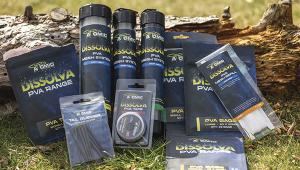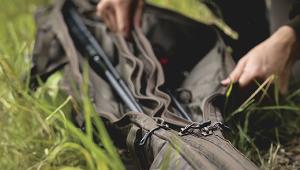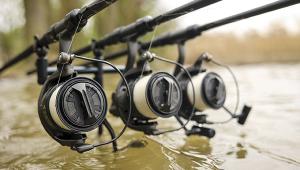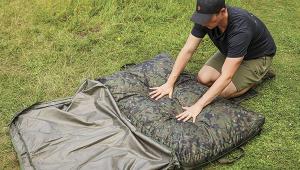I use a short supple hook link that is the same as the rig used with the solid bag. Because I can reload and recast the Method feeder more easily and quicker, I will try different hook baits, bright or bland baits, in various sizes. The size of the Method feeder can be changed easily too; small, medium and large sizes in varying weighted options make them super-versatile.
If you fish waters that don’t have too many nuisance species then you must try this Method Mix; you can add bigger pellets, crumbed boilies etc just as you can with a solid bag set up. It’s so easy for the carp to suck up the mix and the hook bait, and they aren’t used too often on carp waters these days as they aren’t seen as trendy. I’m quite glad about that as they are a definite edge on many waters as carp just don’t see them as danger.
HOW TO ATTRACT CARP INTO THE SWIM
The rods had been in an hour or so and I had recast the Method feeder a couple of times to introduce a bit of attraction into the water. Every 15 minutes I picked up my catapult and pinged a few 10mm Tutti Frutti boilies in the vicinity of the solid bag to try and attract a carp to the neat little pile of attraction, but the lake was cold and looked dead due to the cold temperatures and it looked like a blank was on the cards as the time ticked by. I began to wish I had given myself more time to give both the tactics a better chance.
BITE TIMES
I always believe that the carp will have a munch at one point in the day; every water tends to have a favourable bite time, I just didn’t know when that was on this water and hoped that mid-afternoon would be favourable – when the air temperature peaks can be a good time.
I watched the water hoping for a sign and sure enough I noticed one of the lily pads twitch.
Less than a minute later and the Method feeder rod arced round; unable to take line on a tight clutch I grabbed it and held on as it made lunge after lunge to try and bury itself deep into the pads and make its escape. Fortunately the soft blank on the Bank Creeper rod absorbed them all. A barbless hook rule applies and if the fish got in the pads it would surely throw the hook.
After a minute or two of sheer bullying I had it in open water and it was soon sulking at the bottom of the mesh. A nice looking mid double common and I was chuffed on such a tricky day to have nicked a fish in such a short time span. I am sure that the lake will produce some really good winter fishing as soon as the water temperature stabilises, my timing had been a tad unlucky.
CONCLUSION
The Method feeder with a trimmed down King Prawn wafter had done the business.
To be honest the solid bag rod would have been my banker if I’d had to make a bet on the day, purely because the area around the island looked so carpy. I had seen a carp in the area too. But let’s not take anything away from the deadly Method feeder, it had shot down the solid bag and proved its deadly worth yet again.
